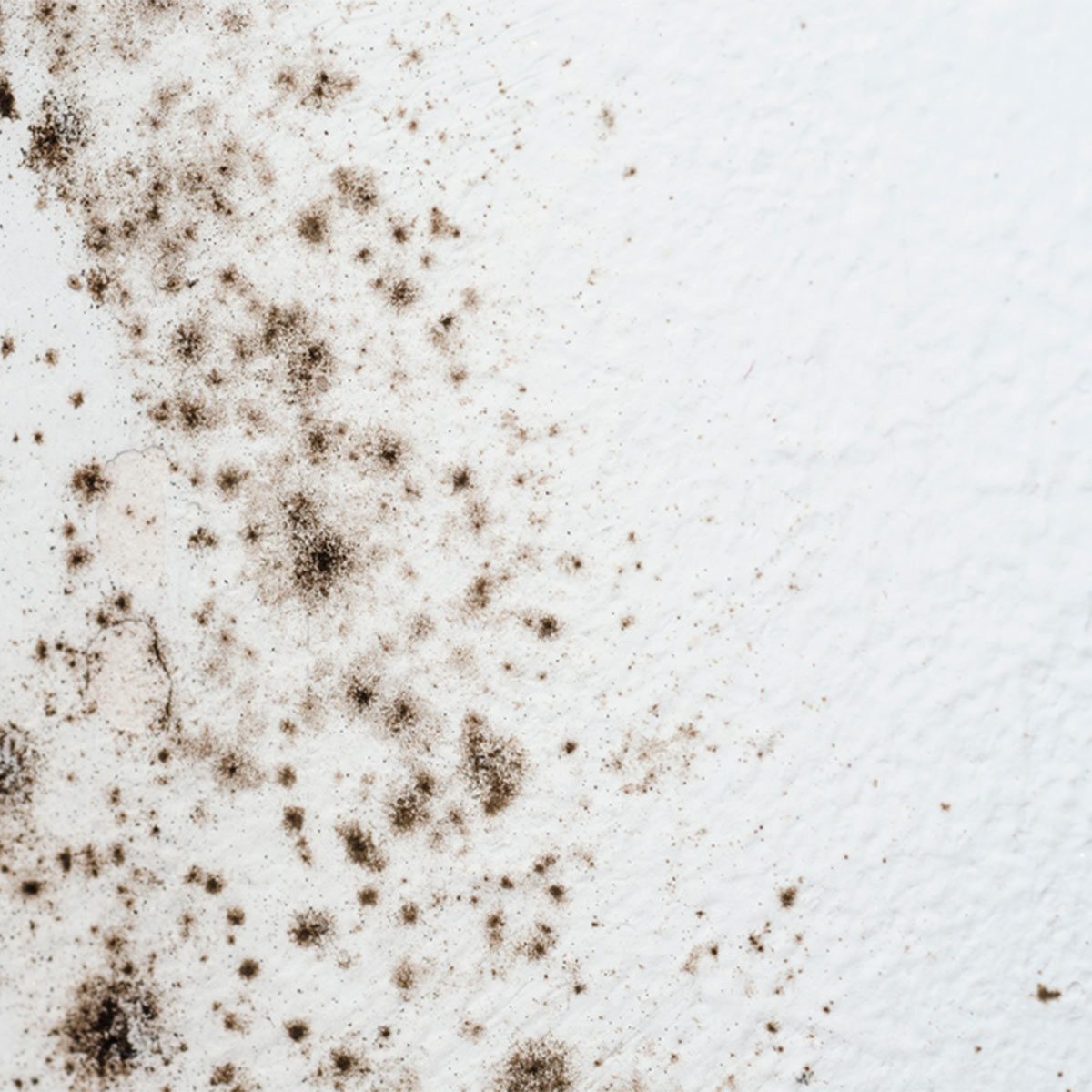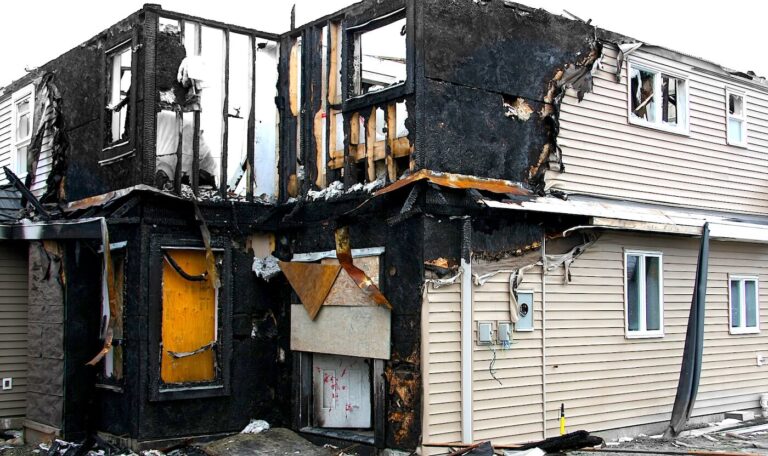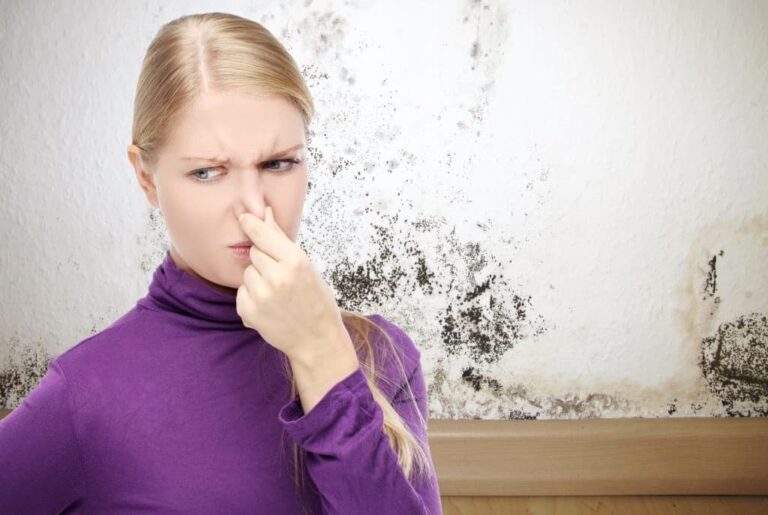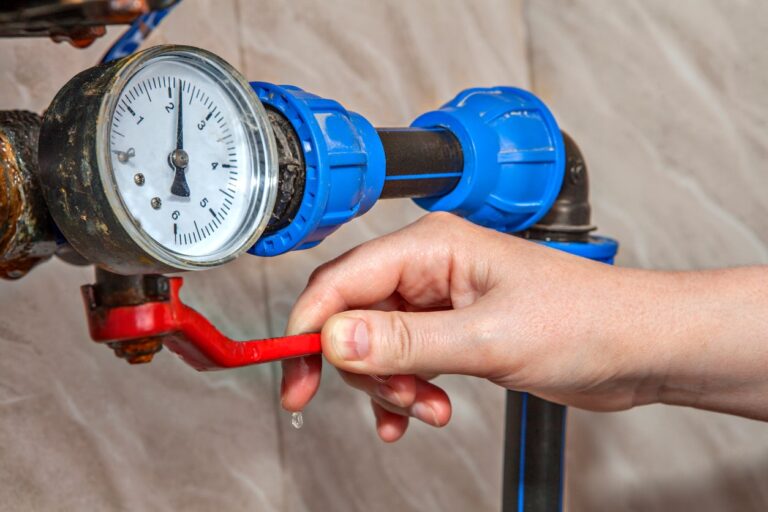What Kills Mold On Bathroom Walls?
Mold growth in the bathroom is a common problem that can occur when moisture accumulates on walls, ceilings, and other surfaces. This type of mold can cause health problems and damage the structure of the bathroom. Fortunately, several methods can be used to kill mold on bathroom walls and prevent future growth. These methods include using cleaning products, utilizing natural solutions, and using commercial mold-killing products. With the right approach, it is possible to safely remove mold growth from bathroom walls and prevent it from coming back.
Causes of Mold Growth on Bathroom Walls
Mold growth on bathroom walls is a common occurrence in many households due to the high levels of moisture, humidity, and water present in these areas. Poor ventilation combined with these environmental factors can create a breeding ground for mold and mildew. Understanding the causes of mold growth on bathroom walls is essential for preventing and removing it.
One of the main causes of mold growth on bathroom walls is inadequate ventilation. Without proper ventilation, moisture can build up on walls, creating an ideal environment for mold to thrive. Poor ventilation can also contribute to condensation, which also encourages mold growth.
Another cause of mold growth in bathrooms is leaking pipes. If a pipe is leaking, it can cause water to seep into the walls, creating a damp environment that is ideal for mold growth. Leaks should be addressed immediately to prevent further damage and mold growth.
Finally, bathroom walls can also be prone to mold growth due to high levels of humidity. Humidity levels can be controlled by using dehumidifiers, exhaust fans, and proper ventilation.
Mold growth on bathroom walls is a common problem, but it can be prevented and managed by understanding the causes and taking steps to reduce moisture and humidity levels. Proper ventilation, addressing leaks, and using dehumidifiers are all essential steps for preventing and managing mold growth in bathrooms.
Prevention of Mold Growth on Bathroom Walls
Mold growth in bathrooms can be an unsightly problem. It can also be hazardous to your health, as some types of mold can cause serious respiratory issues. So, it’s important to understand how to prevent mold from forming on bathroom walls. The key is to keep the area dry and to clean regularly.
To help keep dampness down in the bathroom, be sure to use an exhaust fan when showering and keep the window open to promote air circulation. Additionally, you should repair any leaks or plumbing issues as soon as they arise, as this can lead to mold growth.
When it comes to cleaning, use a mild detergent and scrub the walls, tub, shower, and sink regularly to remove dirt and grime. Make sure to dry the walls completely after cleaning and use a towel to wipe down the surfaces before using the bathroom again.
Finally, you can use a mold-killing product like bleach or vinegar to kill existing mold. It’s a good idea to wear protective gear when doing this, as these chemicals can be hazardous. For particularly stubborn mold, you may need to use a commercial mold removal product.
By following these simple steps, you can help keep mold away from your bathroom walls and ensure a safe and healthy environment.
Identifying the Type of Mold
Mold growth on bathroom walls is an all too common problem, but identifying the type of mold and knowing the proper steps to take to eliminate it is key to controlling the issue. To start, it is important to determine the type of mold on your bathroom walls. Common household mold types include black mold, mildew, and white mold. Black mold is the most dangerous type and can cause serious health complications if not treated quickly and correctly. Mildew is the most common type and is usually found in bathrooms and other damp areas, while white mold is a less severe type that can still cause damage to your walls if left untreated. After you have identified the type of mold, you can begin to look for the right solutions to eliminate it.
Cleaning and Disinfecting Moldy Areas
Mold is a common problem in bathrooms due to the high humidity. While it’s important to identify and address the source of moisture, you’ll also need to take action to clean and disinfect the moldy areas.
The first step is to remove the surface mold. This can be done by scrubbing the area with a solution of one part bleach to ten parts water. This will kill the existing mold and help prevent new mold from growing. After scrubbing, the surface should be rinsed with clean water and allowed to dry completely.
Next, it’s important to disinfect the area to prevent the growth of new mold. This can be done by spraying the area with a commercial disinfectant or a solution of one part bleach to four parts water. Leave the solution on the surface for at least 10 minutes before rinsing with clean water.
Finally, it’s a good idea to apply a mold-resistant paint or sealant to the affected areas. This will help prevent moisture from entering, and will also provide some additional protection against mold. Be sure to use a product specifically designed for this purpose, as some paints and sealants may promote mold growth.
By following these steps, you can help prevent the growth of mold in your bathroom and keep your walls looking clean and fresh.

Natural Remedies for Killing Mold
Mold growth in bathrooms can be unsightly and unpleasant. It doesn’t just affect the aesthetics of the bathroom, but it can also cause health issues due to the spores it releases. Therefore, it’s important to take measures to prevent and treat bathroom mold. Natural remedies are often effective and an excellent choice for killing mold on bathroom walls.
White vinegar is a natural cleaning product that is often used to kill mold. It’s a strong acid that doesn’t contain any toxic chemicals. Simply mix equal parts of white vinegar and water in a spray bottle and spray it directly onto the moldy area. Leave it for an hour and wipe the area with a damp cloth. Repeat the process if necessary.
Another natural remedy for killing mold is baking soda. It’s a natural deodorizer that can get rid of musty smells from mold. Mix baking soda with water and use the mixture to scrub the mold off the walls. Once the mold is gone, use the baking soda mixture to clean the area. For stubborn mold, use a mixture of baking soda and vinegar to scrub the area.
Tea tree oil is a natural antifungal agent that can be used to kill mold. Mix a few drops of tea tree oil with water and spray the mixture onto the moldy area. Leave it for an hour and wipe it off with a damp cloth.
Bleach is another effective way to kill mold. However, it can be toxic and should be used with caution. Mix 1 part bleach and 10 parts water and use the mixture to scrub the mold off the walls.
Using natural remedies to kill mold is an effective way to get rid of mold without having to use toxic chemical products. The best way to prevent mold from growing in bathrooms is to keep them dry and well-ventilated.
Commercial Mold Remedies
Mold growth on bathroom walls is an unsightly and potentially hazardous problem. Fortunately, there are a variety of commercial mold remedies available to help remove the mold and keep it from returning. These products range from sprays and paints to specialized cleaning solutions. They can be applied directly to the affected area and help to kill mold spores, break them down, or seal them off so they can’t spread.
One popular bathroom mold remedy is a bleach solution. This product is easy to use and can be applied directly to the walls. It kills mold spores and helps keep them from returning. It’s important to follow the instructions carefully and use protective gear when applying the product.
For more stubborn mold problems, a specialized mold-removal product may be necessary. These products are designed to penetrate deep into the affected area, killing mold spores and preventing them from returning. They come in a variety of forms, including gels, sprays, and foams. Before using these products, it’s important to read the instructions carefully and use protective gear to avoid any potential health risks.
Finally, there are several paint products available that are designed to prevent mold growth. These products are applied directly to the walls and help to create an impermeable barrier that prevents mold from growing. They can also help to seal off any existing mold, preventing it from spreading.
No matter which product you choose, it’s important to follow the instructions carefully and use the product as directed. With the right product, you can easily remove mold from your bathroom walls and keep it from coming back.
DIY Solutions to Killing Mold on Bathroom Walls
When bathrooms are dark and damp, mold growth can be a common problem. It can form on the walls, grout lines, and other bathroom surfaces. Not only it is unsightly, but mold can cause health issues such as allergies, asthma, and more serious respiratory problems. To prevent and get rid of this problem, it is important to take action to kill mold on bathroom walls.
Fortunately, there are efficient DIY solutions to kill mold on bathroom walls. The most effective way is to use a mixture of bleach and water. Start by putting on a pair of rubber gloves and mix one cup of bleach in a gallon of water. Then, use a sponge or soft brush to scrub the affected area with the bleach solution. Leave the bleach solution on the surface for 10 minutes, then rinse it off.
Another household item that can be used to kill mold on bathroom walls is white vinegar. Mix one part white vinegar with four parts water in a spray bottle and apply it to the affected area. Leave the vinegar solution for an hour and then scrub off the mold with a brush.
Finally, borax can also be used to kill mold on bathroom walls. Mix one part borax with two parts water and pour the solution on the affected area. Leave it for an hour and then scrub off the mold.
These DIY solutions can help kill mold on bathroom walls, but it is important to note that prevention is the key. To prevent mold from growing, make sure to keep the bathroom dry and well-ventilated. Run the fan when taking a shower or cleaning the bathroom, and open the windows to allow air circulation. With these solutions, you can take charge of your bathroom and make sure it stays clean and healthy.
Health Risks Associated with Mold On Bathroom Walls
Mold on bathroom walls is a common problem and one that can have serious health consequences. It is important to understand the health risks associated with mold and to take steps to prevent and treat the problem.
Mold on bathroom walls can cause respiratory problems, including asthma, coughing, and wheezing. It can also cause skin irritation, eye irritation, and other allergic reactions. Long-term mold exposure can lead to more serious health issues, such as lung infections and breathing difficulties.
It is also important to note that mold can produce toxins, known as mycotoxins, which can pose serious health risks. Mycotoxins can be especially hazardous to children and elderly people.
To reduce the risks associated with mold, it is important to keep the bathroom clean and dry. This means regularly cleaning the walls and floors with a bleach-based cleaner, and using a dehumidifier to reduce moisture levels. In addition, it is important to repair any leaks or cracks that allow moisture to enter the bathroom.
Finally, it is important to get professional help if the mold problem persists. A professional can identify the source of the problem and recommend the best course of action.
By understanding the health risks associated with mold on bathroom walls, and taking proactive steps to prevent and treat the problem, you can help ensure the safety of your family and home.
FAQs About the What Kills Mold On Bathroom Walls?
What is the best way to kill mold on bathroom walls?
The most effective way to kill mold on bathroom walls is to use a bleach solution. Simply mix one part bleach with four parts of water and use a sponge to apply the solution to the affected area. Allow the solution to sit for a few minutes before wiping it off with a clean cloth.
Is it possible to clean mold off bathroom walls without using bleach?
Yes, it is possible to clean mold off bathroom walls without using bleach. However, it is not as effective as using bleach. A solution of white vinegar and water can be used to clean mold off bathroom walls, but it may take multiple applications to fully remove the mold.
How can I prevent mold from growing on my bathroom walls?
Mold growth can be prevented by keeping the area clean and dry. Make sure to regularly clean the bathroom walls with a bleach solution and dry them fully after showering or bathing. You should also ensure that there is adequate ventilation in the bathroom to prevent moisture buildup.
Conclusion
It is important to take the necessary steps to eliminate mold on bathroom walls. Cleaning the walls with a bleach and water mixture, using a mold-killing spray, or using natural remedies like vinegar, tea tree oil, or baking soda can all help to effectively remove and kill the mold. Taking the time to properly clean and treat mold on bathroom walls can prevent it from spreading and help maintain a healthy living environment.





